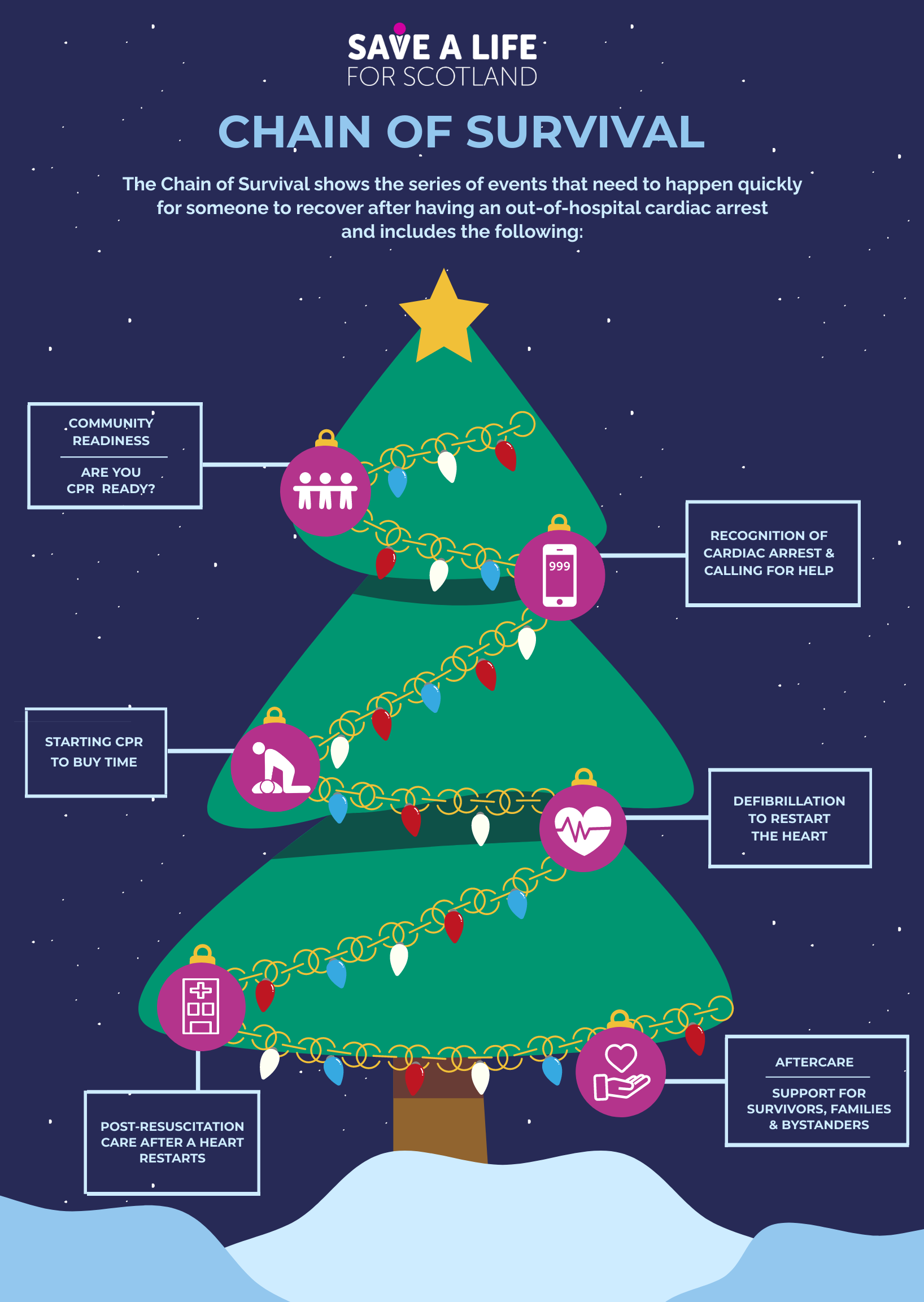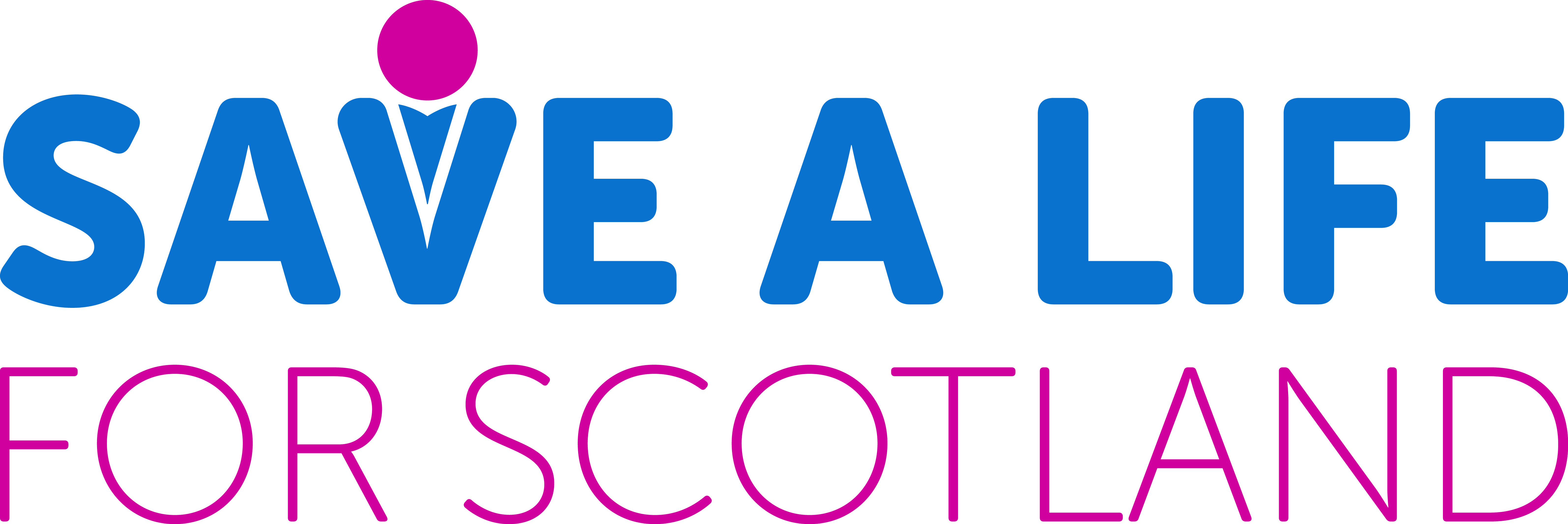Join us for #Resusmas and learn about the Chain of Survival for out-of-hospital cardiac arrest! Give the gift of life if you witness someone in cardiac arrest this holiday season.
What is the Chain of Survival?
The Chain of Survival outlines a series of events that need happen quickly for someone to recover after having an out-of-hospital cardiac arrest (OHCA).
 Click here to download the plain text of this info graphic
Click here to download the plain text of this info graphic
The Chain of Survival outlines a series of events that need happen quickly for someone to recover after having an out-of-hospital cardiac arrest (OHCA).
The traditional Chain of Survival includes early recognition and call for help, early CPR and defibrillation and post-resuscitation care. However, in Scotland’s strategy for OHCA, there are two added links to the Chain of Survival including Community Readiness to act in the event of an OHCA and Aftercare to ensure recovery continues after leaving hospital.
Learn about the links of the Chain of Survival below!
Community Readiness
Are you and your community CPR ready and prepared to act in the event of a cardiac arrest? To increase the chances of survival for a person in cardiac arrest, it is crucial that the community is ready to take prompt action if they see someone who has collapsed or is unconscious.
Early recognition and call for help
When someone’s heart suddenly stops beating, the person is in cardiac arrest. They will be unresponsive and either stop breathing completely or be breathing abnormally. To check for a response by gently shaking their shoulders and asking if they are alright. To check if they are breathing watch to see if their abdomen is rising and falling normally (during covid-19, do not place your face close to theirs).
If the person is unconscious or breathing abnormally, shout for help and call 999 immediately. The 999 call handler will ask if the patient is breathing normally, talk you through what to do next and send an ambulance to your location.
Early CPR
CPR stands for cardiopulmonary resuscitation and involves doing chest compressions to resuscitate a person after a cardiac arrest. All you need are your hands to help save a life and the 999 call handler will also be guiding you through the steps of CPR.
To do chest compressions:
- Put your hands in the centre of the person’s chest and interlock your fingers
- Push hard and fast on the chest with your arms straight to help pump blood around the person’s body
- Do this at a rate of 100 to 120 chest compressions per minute – about 2 per second. Try humming to Stayin’ Alive or Baby Shark to help you keep the beat. Your 999 call handler will also help you count the beats of chest compressions.
Learn how to perform CPR through our online resources here.
Early defibrillation
The 999 call handler will help you locate the nearest defibrillator if there is one available. They are often located in public areas such as gyms, community centres, shopping malls and train stations. As mentioned earlier, it’s important to shout out for help to get other nearby bystanders to also provide help (e.g. someone can run to bring back a defibrillator)
You do not need to be trained to use a defibrillator. When you switch a defibrillator on, the device will provide clear instructions and talk you through what you need to. It will analyse a patient’s heart rhythm and advise a shock if it is required.
To learn more about defibrillation, click here.
Post resuscitation care
Continue to provide CPR and defibrillation until the ambulance service arrives to take over and get the patient to a hospital to receive the treatment and care they need to recover.
Aftercare
After hospital discharge, the physical and mental impacts of an out-of-hospital cardiac arrest can be difficult for survivors, families and friends. It is important that all affected parties including the survivors, families and also bystanders who took action to help save a life receive the support they need to recover after the event of a cardiac arrest.
Learn more about resources available to those impacted by cardiac arrest here


